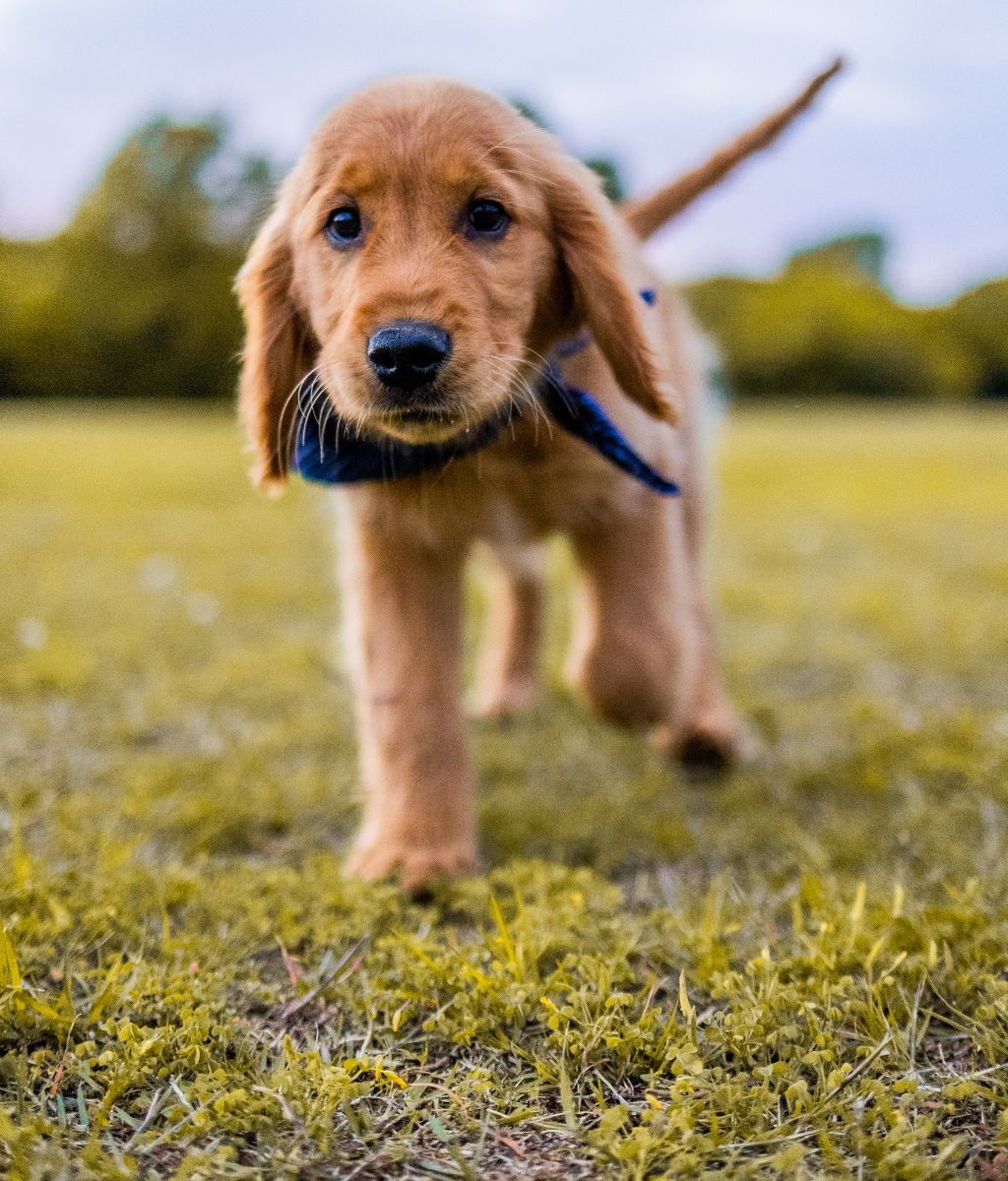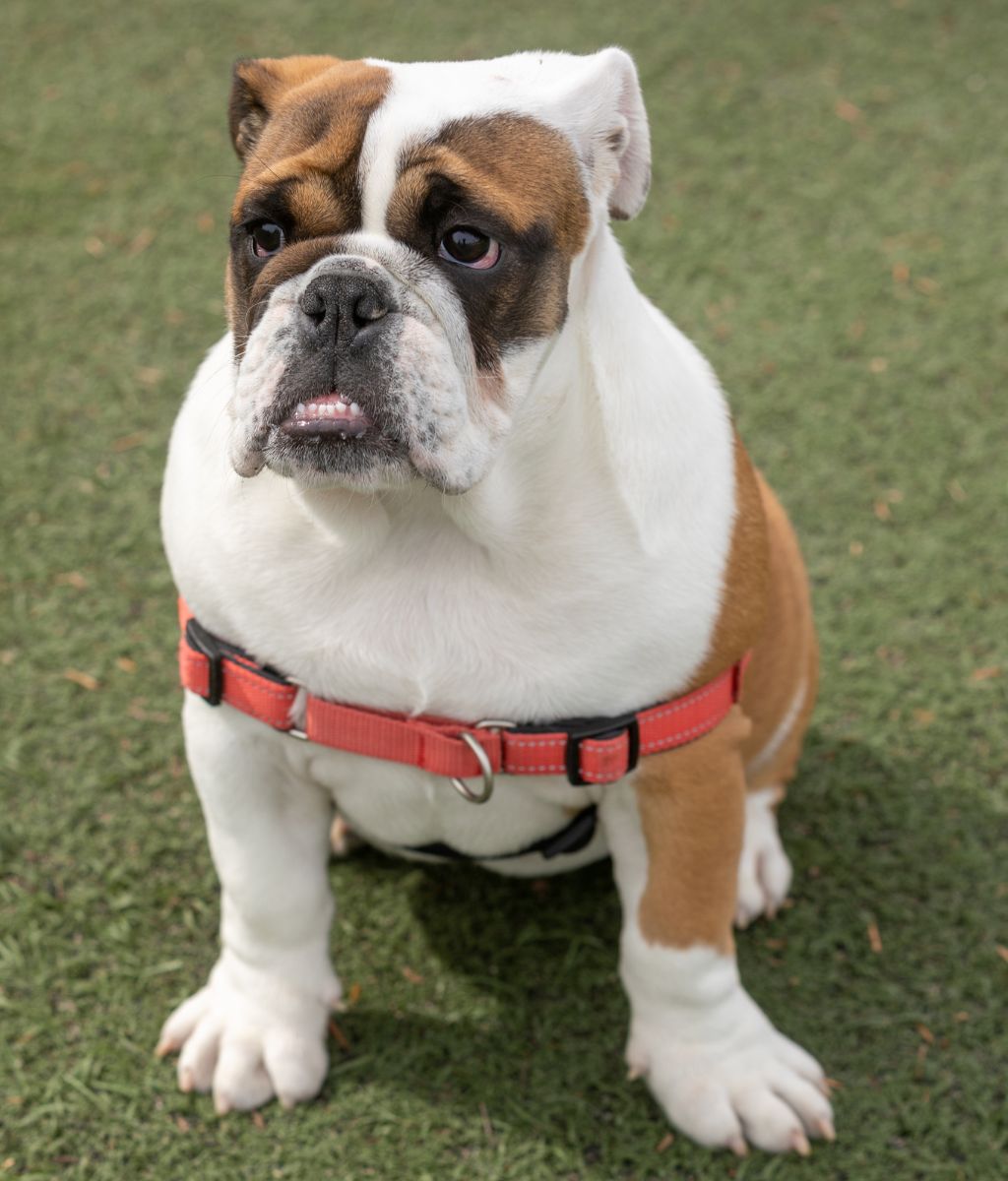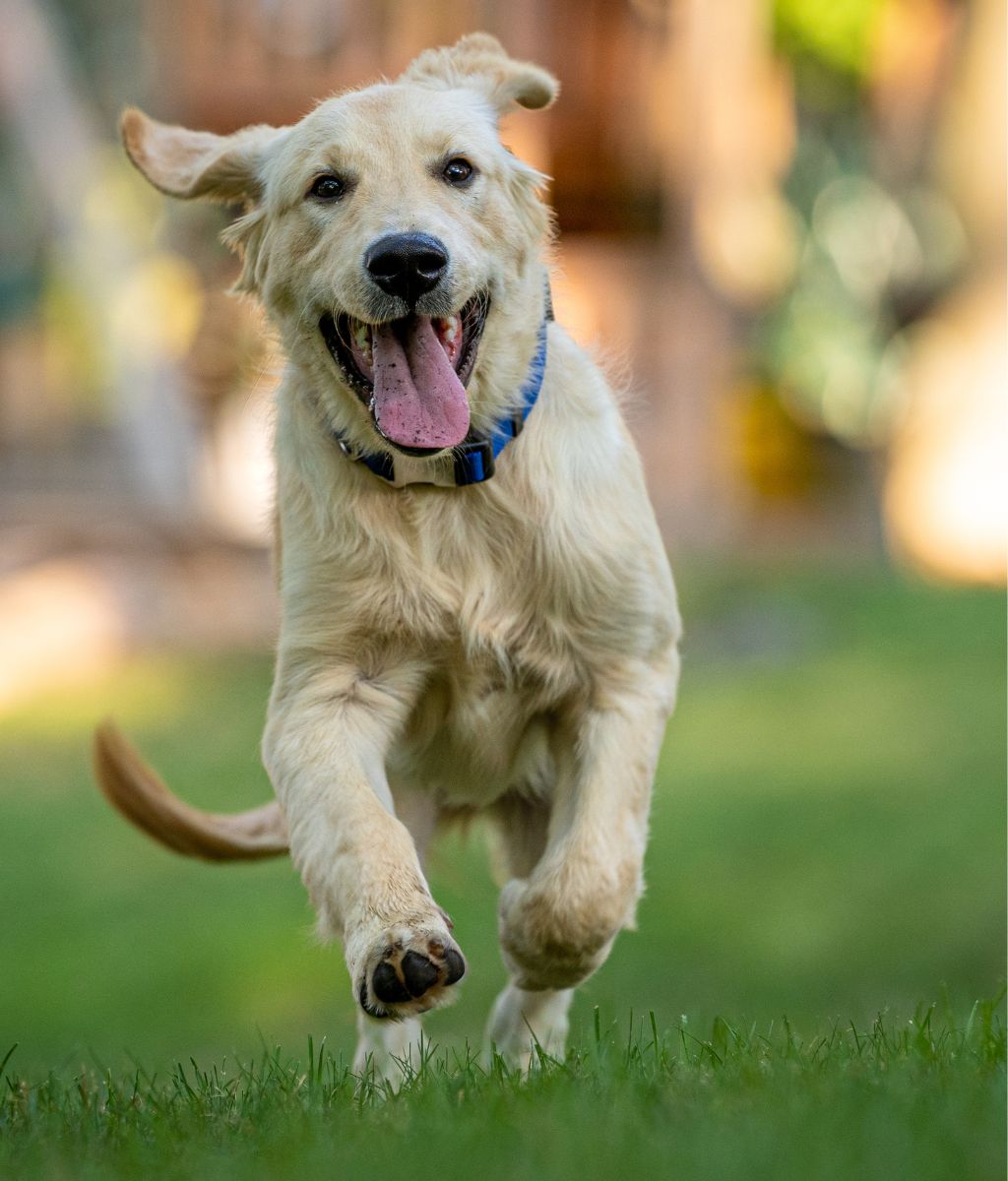Welcoming a 6-month-old puppy into your life is super exciting! You might wonder, “How far can my pup walk at this age?”
Well, it depends on things like their size and health. This post will discuss determining the proper distance for your furry friend’s walks.
So, grab that leash, put on your walking shoes, and let’s explore together!
How Far Should A Six Month Old Puppy Walk?

Excitement abounds when your playful pup reaches six months old! While their boundless energy begs for adventure, their growing bodies dictate a cautious approach to exercise.
So, how far should a six month old puppy walk without pushing limits and risking harm?
A handy guideline suggests aiming for 5 minutes of walking per month of age, twice daily. For a six-month-old, this translates to two 30-minute walks. But that’s just the starting point! Individuality plays a crucial role.
Factors Affecting Your 6-Month-Old Puppy’s Walks

Your six-month-old pup has boundless energy and is ready to conquer the world (or at least the sidewalk)!
But before you embark on epic walkathons, remember that they’re still growing little explorers.
Just like humans, their walking mileage needs depend on a bunch of factors:
Breed & Size: Think of a mountain-loving Husky and a snuggle-loving Pug. One craves long treks; the other prefers cozy laps.
Consider your pup’s breed and size – a giant dog, like a Labrador, will naturally have more stamina than a smaller one, like a Chihuahua.
Health & Fitness: Just like us, pups have different fitness levels. Some are born playful gymnasts, while others are cuddle champs.
Talk to your vet if your dog has health concerns or is still increasing. They can help you tailor walks to their unique needs.
Energy Levels: Not all pups are built for marathons. Some dogs bounce through walks with endless enthusiasm, while others tire easily.
Watch your pup’s body language – lagging, excessive panting, or whining- their way of saying, “Time for a snuggle break!”
Remember: There’s no one-size-fits-all rule for walks! Listen to your pup, be mindful of their breed and health, and most importantly, have fun exploring together!
Keep your walks short and playful, with plenty of sniffing and playtime breaks. Soon, those tiny legs will carry them on adventures even more significant than your wildest dreams!
Watch for Signs: Is Your Pup Tired Out?
We all want our puppies to be active and happy, but it’s crucial to watch for signs that they might be getting too much exercise. Here are some key things to look for:
1. Lethargy:
If your usually perky puppy suddenly seems unusually tired and uninterested in play, it might be a sign they’ve had too much.
Puppies are like little balls of energy, so if they act more like a sleepyhead, it’s time to take it easy.
2. Excessive Panting:
Dogs cool down by panting, but if your pup is panting excessively even after a short playtime, it could mean they’re overheating or pushing themselves too hard.
Keep an eye on their breathing – if it seems too fast or complicated, it’s a cue to take a break.
3. Difficulty in Walking or Limping:
Notice any unusual stiffness or limping? That’s a clear signal that your pup might be straining themselves.
Puppies are still growing, and their little bodies can be sensitive. If they’re showing signs of discomfort, it’s essential to give them a break and, if needed, consult your vet.
A Sample Exercise Routine for Your 6-Month-Old Pup
Keeping your 6-month-old puppy active and engaged is suitable for their health and for fostering a strong bond between you and your furry friend.
Here’s a sample exercise routine that combines walks, playtime, and mental stimulation:
1. Morning Walk (15 minutes):
Start the day with a brisk 15-minute walk around the neighborhood. This helps your pup burn off morning energy and prepares them for the day ahead.
2. Playtime Session (20 minutes):
Engage in an interactive play session using their favorite toys. Fetch, tug-of-war, or a simple game of hide-and-seek are great options. It provides physical exercise and strengthens the bond between you and your puppy.
3. Afternoon Mental Stimulation (10 minutes):
Introduce a puzzle toy filled with treats to keep your pup mentally sharp. It could be a treat-dispensing ball or a puzzle feeder. Figuring out how to get the goodies stimulates their mind and provides a satisfying challenge.
4. Short Walk or Outdoor Play (15 minutes):
Take a short walk or let your pup explore the backyard for around 15 minutes. Fresh air and a change of scenery can be refreshing. If you have a safe, enclosed space, let them off the leash for supervised free play.
5. Evening Play and Training (15 minutes):
In the evening, engage in another play session incorporating basic training commands like sit, stay, or shake. Training not only exercises their body but also engages their mind.
FAQS
Q: Can I take my 6 month old puppy on a long walk?
A: You can take your 6-month-old puppy on a walk, but it’s essential to consider their breed, size, and energy levels.
Start with shorter walks and gradually increase the distance to prevent overexertion.
Always observe your puppy’s behavior during and after the walk for signs of fatigue or discomfort.
Q: Can you over walk a 6 month old puppy?
A: Yes, it’s possible to over walk a six-month-old puppy. Their bodies are still developing, and their bones and joints are not yet mature enough to handle long or strenuous walks. Overexertion can lead to severe injuries, so it’s essential to be mindful of their limitations.
Q: Is 2 miles too far for a puppy to walk?
A: Whether 2 miles is too far for a puppy to walk depends entirely on the individual pup! Avoiding a one-size-fits-all approach to puppy exercise is crucial, as their growing bodies have specific needs and limitations.
Q: What happens if you Over walk a puppy?
A: Over walking a puppy can lead to physical strain, joint problems, fatigue, stress, behavioral issues, and an increased risk of injury due to their developing muscles and joints. It’s crucial to gradually increase exercise and monitor the puppy’s cues to avoid potential health issues.
Q: At what age is it safe to walk a puppy?
A: It is safe to start walking a puppy around eight weeks after initial vaccinations, but intensity should be gradual. Consult a vet for individual breed, size, and health guidance.
Q: What is the rule for puppy exercise?
A: The rule for puppy exercise involves starting gradually, considering the puppy’s age, breed, and health.
A general guideline is around 5 minutes of exercise per month of age, up to twice a day.
For example, a 3-month-old puppy could have 15 minutes of exercise twice a day. Monitor the puppy’s behavior and adjust the routine accordingly, consulting a veterinarian for personalized advice.
Q: Can I walk my 6 month old puppy twice a day?
A: You can walk your 6-month-old puppy twice daily, but adjust the duration based on breed, size, and individual energy levels. Monitor behavior and consult your vet for guidance.
Q: How far can a 7 month old puppy walk?
A: The distance a 7-month-old puppy can walk varies based on breed, size, and health. Generally, aim for 15-30 minutes for small breeds and up to 60 minutes for larger species, divided into shorter walks. Adjust based on your puppy’s energy levels, and consult your vet for personalized guidance.
Q: What is a healthy distance to walk a dog?
A: A healthy dog walk is typically 30 minutes to two hours daily, depending on factors like breed and health. Adjust based on individual needs and consult with a vet for personalized guidance.
Q: Is 1 hour walk too long for a puppy?
A: A 1-hour walk can be too long for a young puppy, especially under six months old. Puppies develop muscles and joints, and extended walks may lead to fatigue or stress. It’s advisable to start with shorter walks and gradually increase the duration as your puppy grows.
Q: Do dogs need days off from walking?
A: Yes, dogs need days off from walking to prevent overexertion and promote rest and recovery. Adapt the exercise routine based on your dog’s age, health, and fitness level. Monitor their behavior and consult with your vet for guidance.
Conclusion
In summary, determining the appropriate walking distance for a 6-month-old puppy involves considering key factors like breed, size, and overall health.
While there is no one-size-fits-all answer, starting with shorter walks and gradually increasing distance is prudent.
Puppies, still in the early stages of development, may have different energy levels and physical capabilities.
Paying attention to cues such as fatigue or discomfort during walks is crucial for their well-being. Striking a balance between sufficient exercise and avoiding overexertion is essential for a growing puppy.
Always consult a veterinarian to ensure a tailored approach that aligns with your puppy’s unique characteristics, fostering a healthy and enjoyable journey as your canine companion matures.
